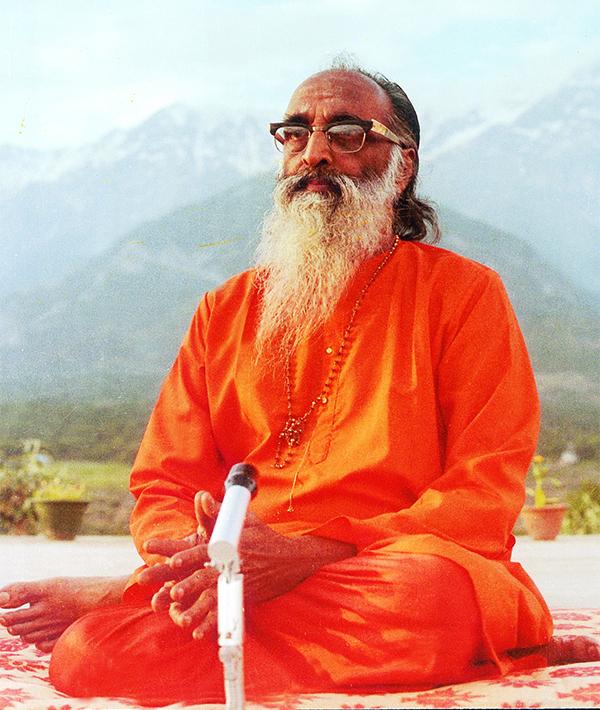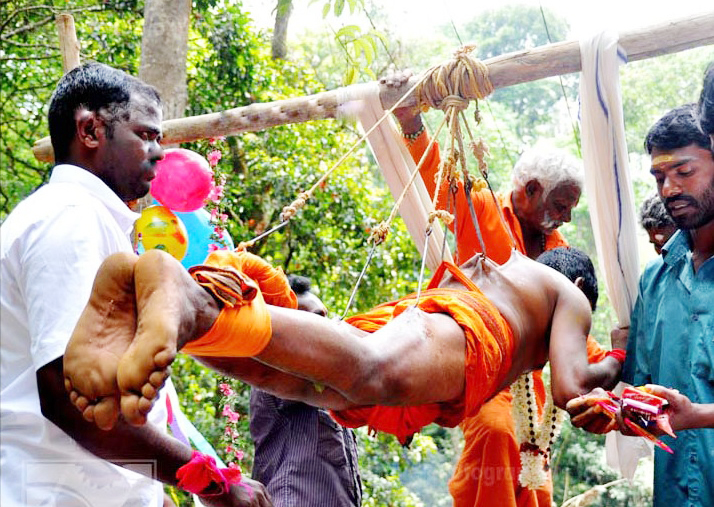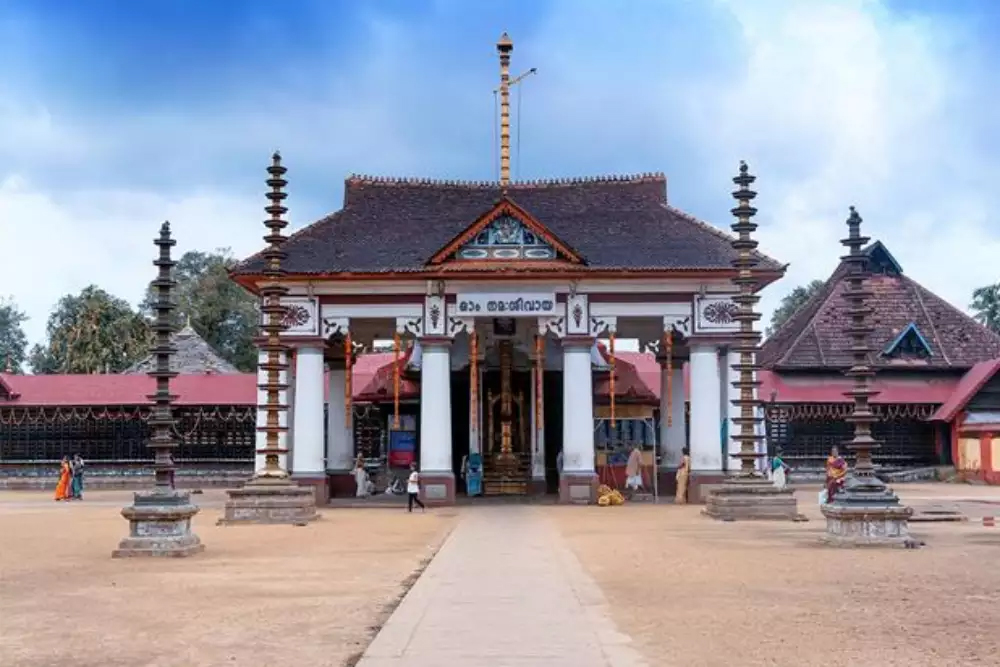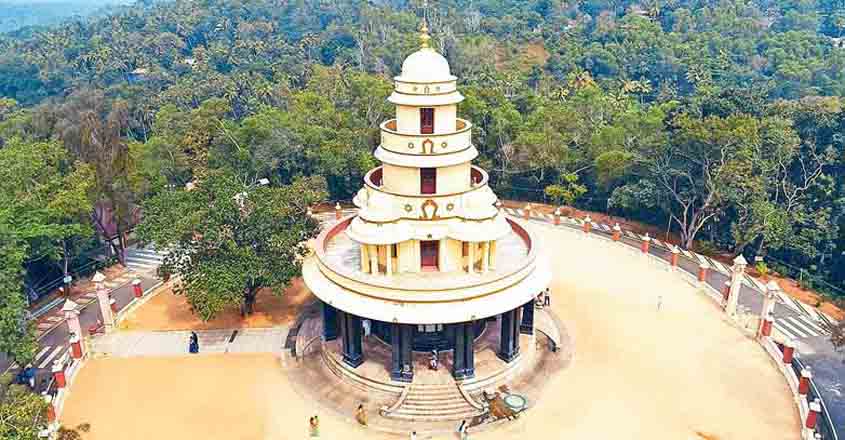We Hindus are one
Swami Chinmayananda, who came to Kottayam for Geetajnanayajna, stayed in a private company's guest house at Chingavanam. Young Kummanam Rajasekharan and monk Vedananda Saraswati were with him to assist. They were at the helm of affairs to make the program a success. Everything, including a chariot ride for the Swamiji and welcome reception in the city by various Hindu organizations, were finalised and arranged. All organisations including the NSS at Tirunakkara, the SNDP at Nagampadam, the Brahmana Sabha and the Vishwakarma Mahasabha agreed to welcome the Swamiji. On the eve of the program, the Swamiji curtly said, "I do not want any reception from any caste organization and will not participate in any of their programs. Let all of them come to Gita Jnanayajna” and retired to bed. The organisers panicked and wrung their hands. Everything was arranged with the help of various influential organizations. If the reception does not take place as planned, the success of the Yajna will be adversely affected.
Chinmayananda Swami would get up before three in the morning. Kummanam and Swami Vedananda Saraswati decided to express their grievance as soon as he woke up. As soon as Swamiji woke up, both of them fell at his feet and told him their predicament.“There is no hatred towards caste organizations. I said I will not participate in their separate programs because Hindus cannot not be saved if they stay divided. They should stand together in unity. Instead of separate receptions, a single reception should be given by all of them together. But as it may, since you have arranged everything in advance, I will come and participate.” These words of Swami Chinmayananda not only brought comfort to Kummanam's mind, but also sowed the seeds of efforts towards Hindu unity. This is how Kummanam, who was the driving force behind the multi-level organisational unity efforts, says about.

“The Hindu Coordination Committee was formed in the 1980s as part of the protests and response in the Hindu community in general towards the corruption and mismanagement of the administration of Guruvayur temple. The coordination committee raised the demand that temples should be depoliticized and good governance ensured with the representation of devotees. In April 1982, Hindu unity was strengthened when many Hindu organizations participated in the Vishala Hindu Sammelanam. All the 27 Hindu organizations which were mobilized in the Action Council formed during the Nilakkal agitation were lined up. The success of the Nilakkal agitation paved the way for the formation of the Hindu Munnani (Hindu Front). I was the General Convener of the Front formed with Shri A. R. Srinivasan as Chairman. The Hindu Munnani worked on the basis of Swami Chinmayananda's words that permanent solution to the problems faced by the Hindus is the Hindu vote-bank. The Hindu Munnani candidates won 6 seats in the Thiruvananthapuram Municipal Council in local elections. In the 1987 assembly elections, the Hindu Munnani fielded candidates in five constituencies and got a fair share of votes.”
“On July 15, 1992, communal riots took place in Poonthura, a coastal village in Thiruvananthapuram. Five people were killed in the riots led by ISS formed by Ma’adani. The agitation to ensure social justice for the 87 fishermen who lost everything was strengthened. The demand of the agitation was to build houses for them as well as to conduct a judicial inquiry. After visiting the spot with Swami Satyananda Saraswati, a meeting was held in Thiruvananthapuram with the participation from various Hindu organizations and Hindu Aikyavedi was formed. I was in charge as the General Convener of Hindu Aikyavedi led by the Swami and Shri J. Sishupalji. The fishermen were compensated and a commission was constituted to investigate. The agitation was a success. Subsequently, Hindu Aikyavedi became a state-level organization. I worked also as General Secretary. The camp for training Hindu missionaries was a great step. 105 people participated in the 25-day camp. Later, Hindu Aikyavedi led many small and big agitations. Up to 125 Hindu organizations were able to participate in the social harmony meeting organized by the Aikyavedi.”


